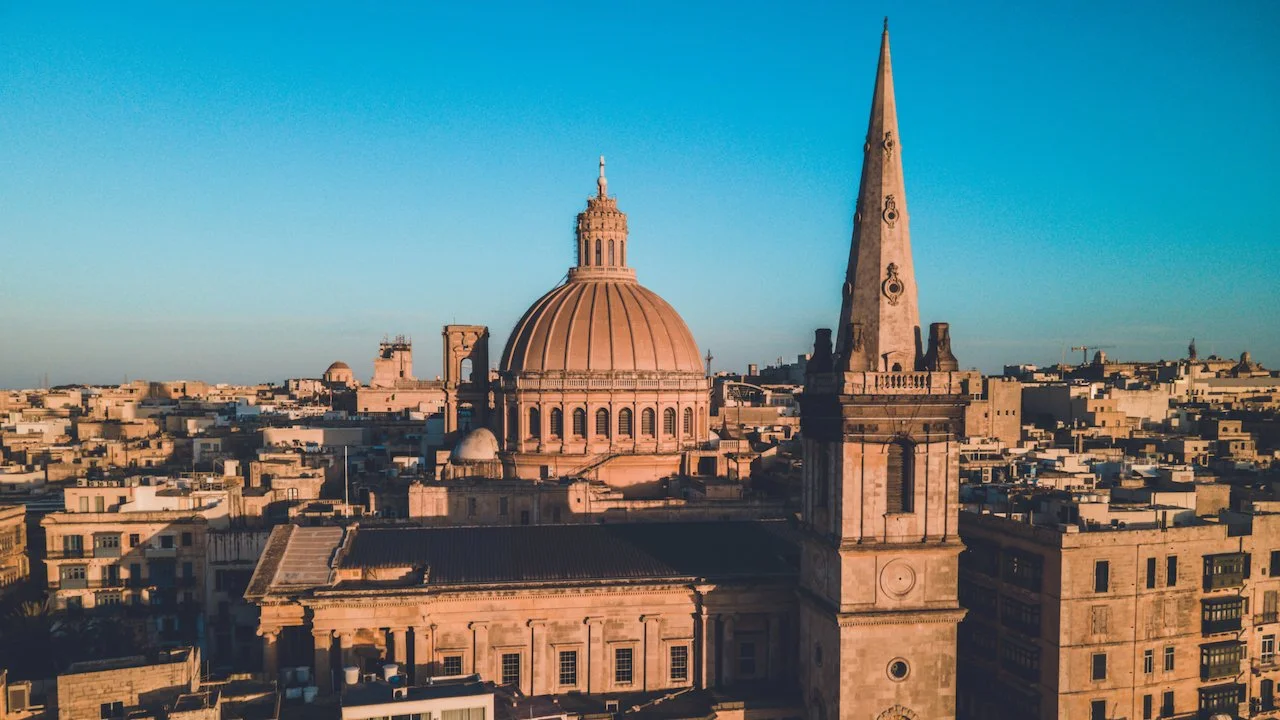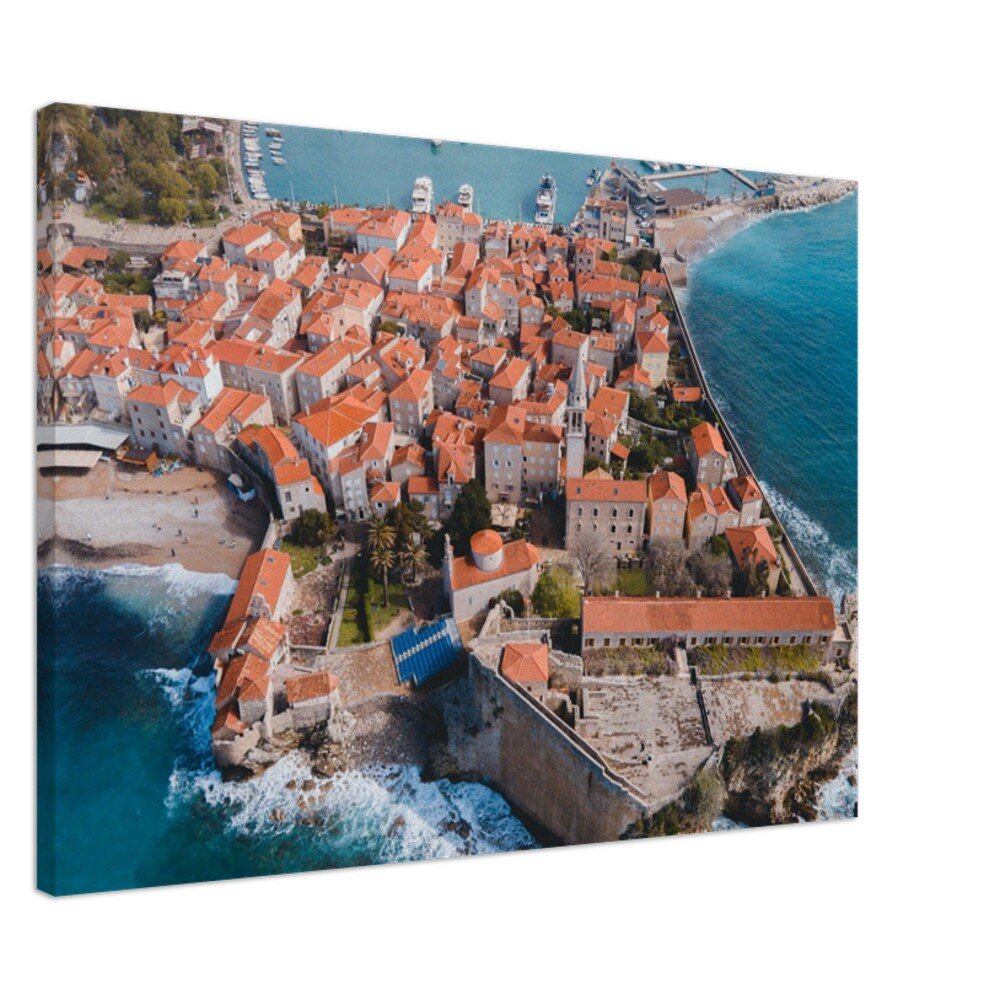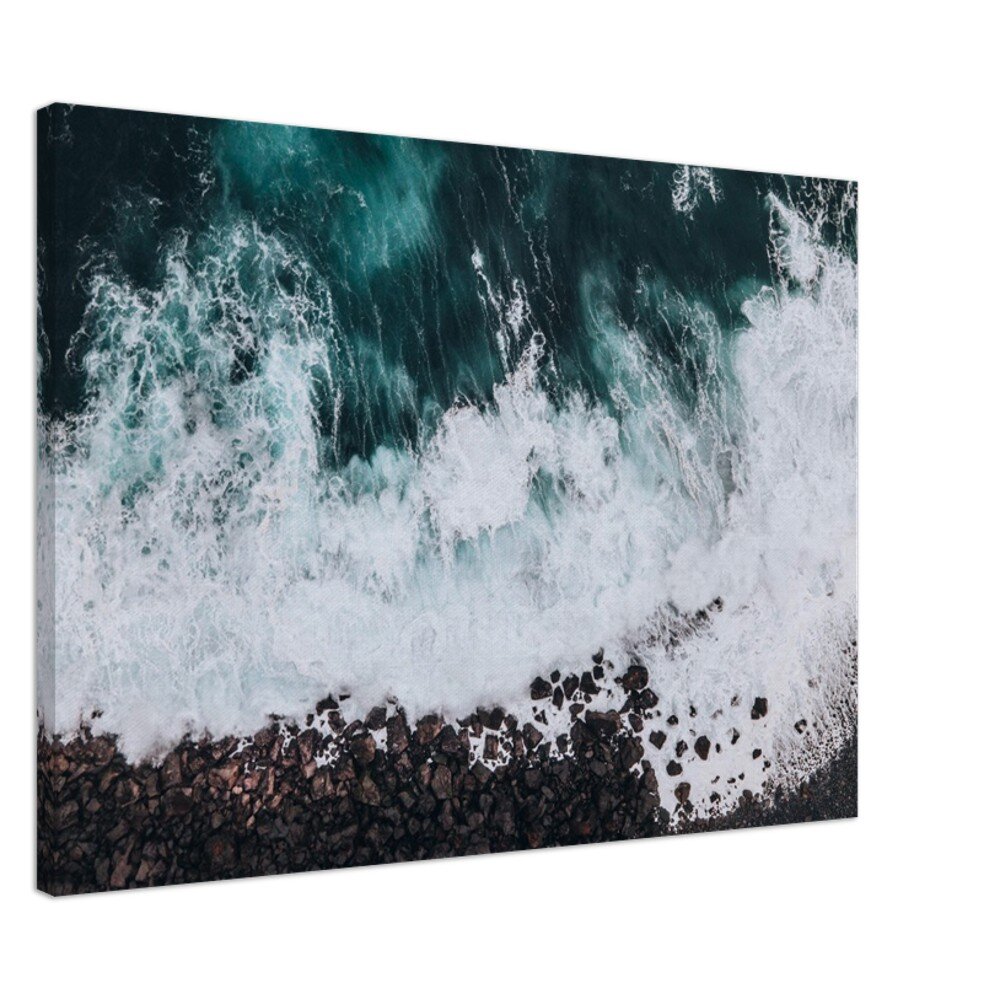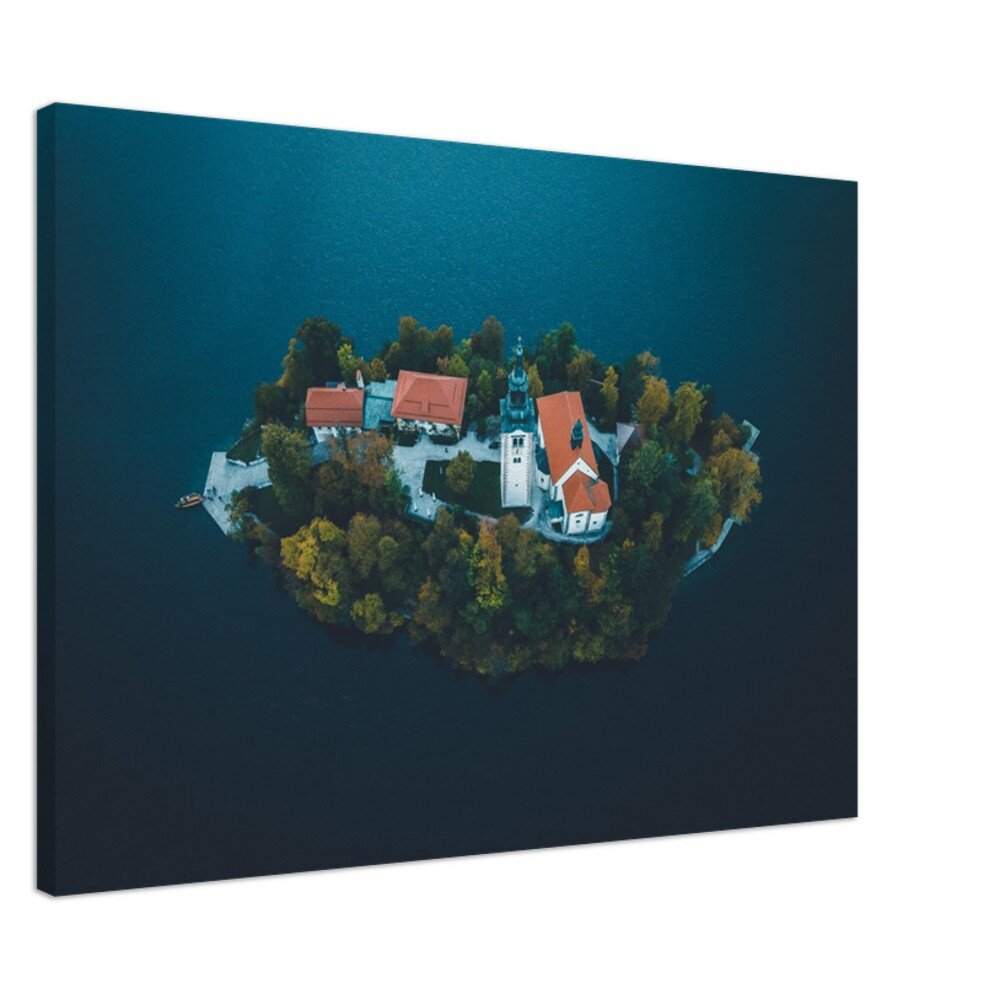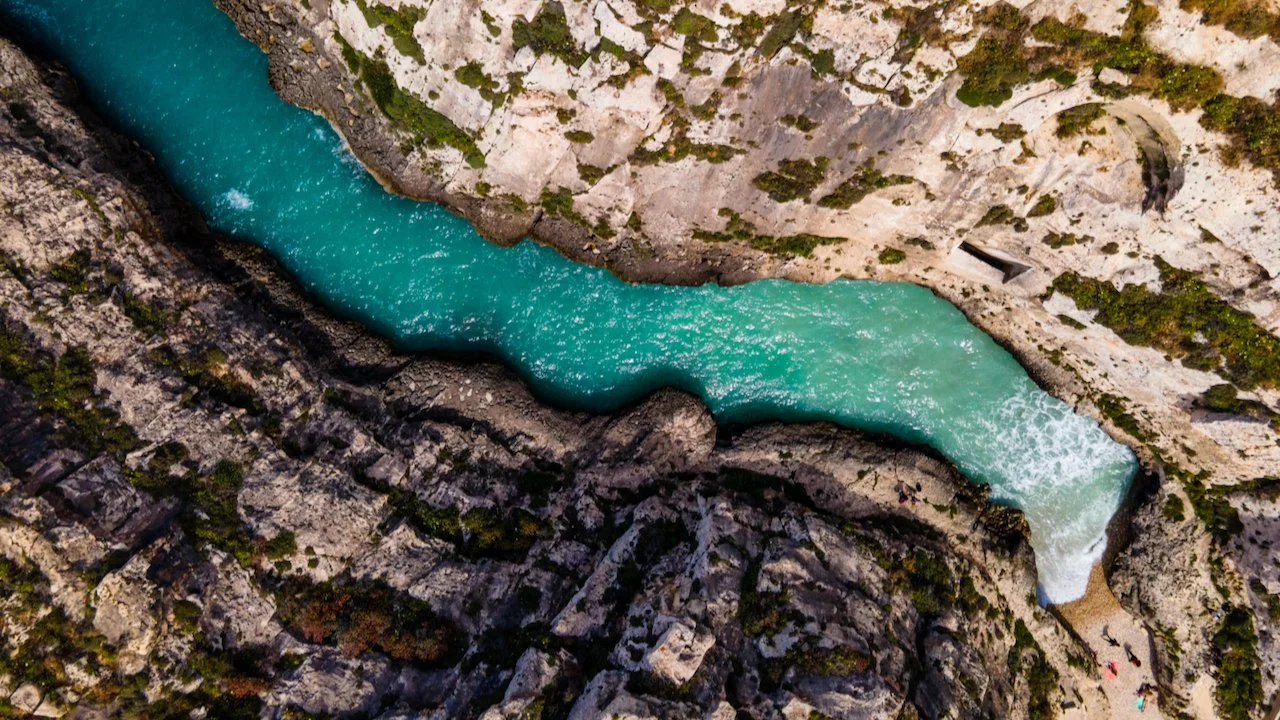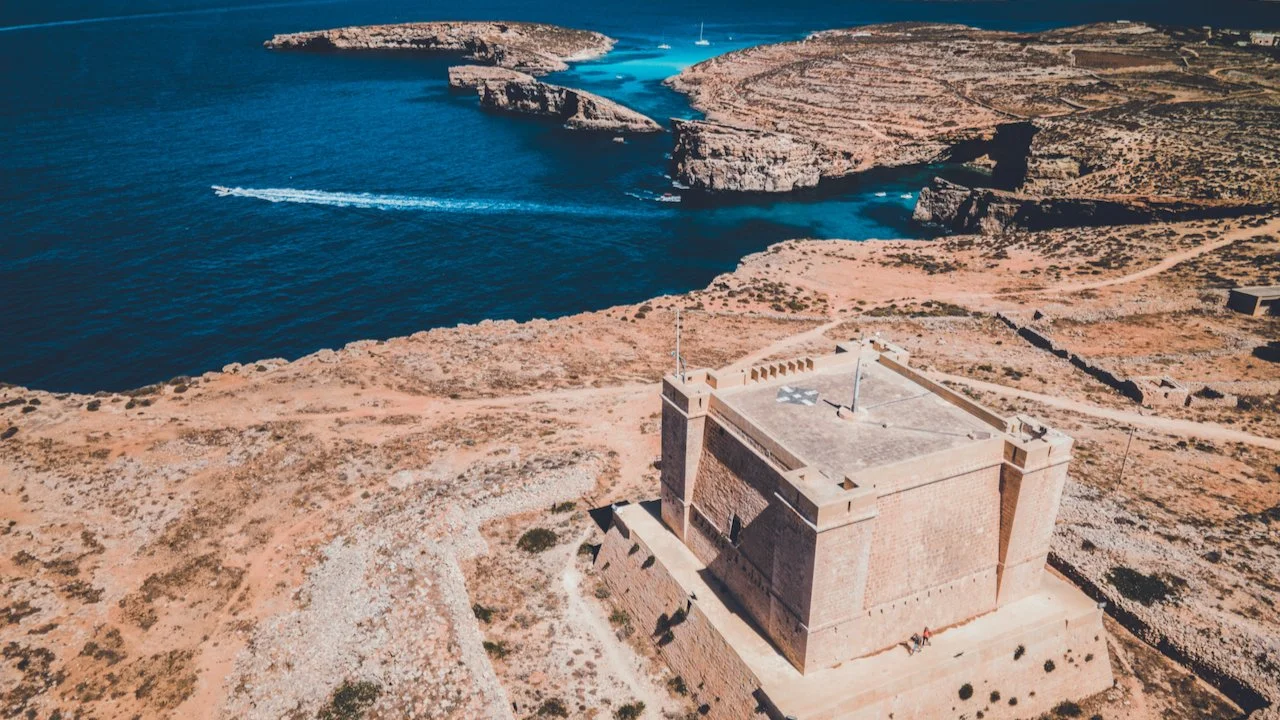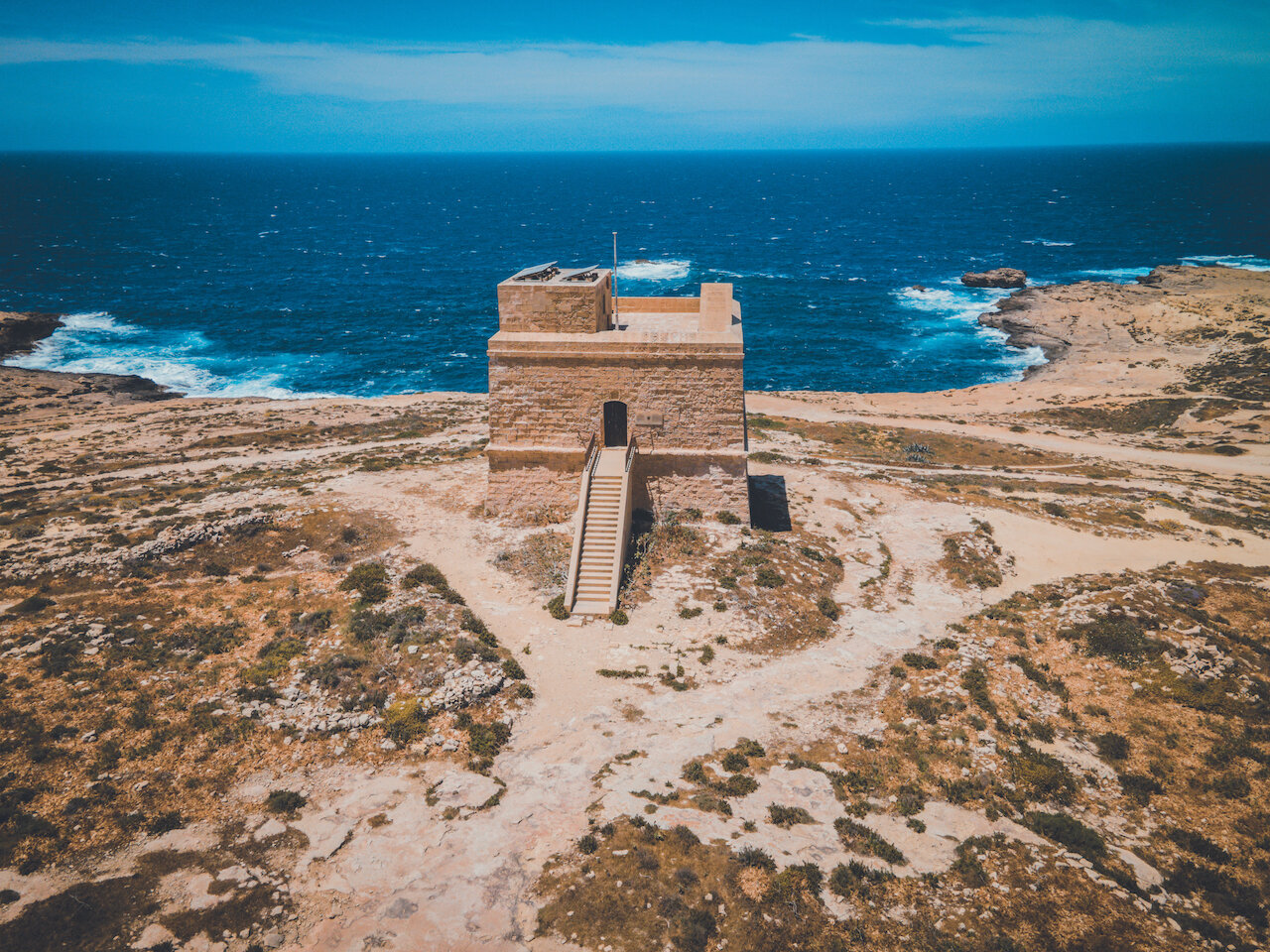A Guide to Malta: Valletta, Mdina, Gozo, Comino, and Malta
(Some links in this post are affiliate links. If you click through and take action, I'll be compensated.) If you are also interested in any PRINTS from any of my posts, be sure to check out my store where you can buy prints as posters, in metal/wooden frames or on canvas.
Malta is a three-island archipelago nation located in the Mediterranean Sea. It is the 10th smallest country by area and has a population of just half a million people. The origins of Malta date back to 5900 BC with influences from the Phoenicians, Greeks, Roman, Arabs, Normans, as well as the French and the British. This is due to the nation’s strategic significance in the Mediterranean that has made a a hotbed of conflict over the centuries, whereby its ownership has changed hands time and again.
It wasn’t until 1964 when the British government granted Malta its independence. Since then, it has become an ever popular tourist destination given its warm climate and rich history.
I myself spent a week in Malta, exploring the main island as well as the islands of Gozo and Comino. I felt that a week was a good amount of time to get a flavor of what Malta has to offer, but too short to fully experience it.
In addition to these islands, I also spent much time in the capital city of Valletta and the old capital of Mdina, which I highly recommend. One can also spend a substantial amount of time walking along the Maltese coastline and exploring villages along the way such as Marsascala and Senglea.
I wrote this guide to discuss how to get to Malta, what to expect, where you should go, how you can get around, and other useful bits that may aid you in your time there. I have also linked my individual blog posts giving more in-depth information into what I will discuss. If I venture back to Malta and see more worthwhile places, I will update this post accordingly. Enjoy!
Check out my drone video of Malta below!
How to get to Malta
Since Malta is an island, the most convenient way to get there is via Malta International Airport (Airport Code: MLA), the only airport in the country. Flights arriving here originate from all over the Mediterranean.
Once you have landed, you are only 9 km away from the capital city of Valletta. To get to Valletta from the airport you can take a:
Taxi - Will run you about 30 Euros. Can also use a rideshare such as Uber or Bolt (download the apps before you arrive).
Bus - You can take the X4 bus between Valletta and the Airport. The ticket costs 2 Euros. The airport stop is called ‘Birzebbuga’ (X4 Bus Timetable here).
Shuttle Bus - Usually booked through your hotel or accommodation, and costs from 6 Euros and higher. You can use MaltaTransfer to book this.
Rental Car - The most flexible way to get around Malta, but perhaps not necessary given how accessible the bus network is.
If you find yourself in Italy and want to take a trip to Malta, there are a number of ferry companies with different origins that take you right to Valletta. These origins and ferry companies are:
Civitavecchia (80 km north of Rome) - Grimaldi Ferries
Pozzallo (Sicily) - Virtu Ferries
Genoa/Livorno (Northern Italy) - Viamare
Palermo (Sicily) - Grandi Navi Veloci
Just a few things to note about Malta before your visit:
Due to how relatively small the nation is, if you don’t feel comfortable renting and driving a car, the bus system is very reliable and connects the entire country very effectively.
The sun here is STRONG! Come with plenty of sunscreen if you come in the summer months.
Most people here speak English, otherwise it’s Maltese or Italian that is their mother tongue.
The currency of Malta is the Euro (€).
Valletta is probably the best place to stay during your time here considering how well it connects to the rest of the country.
If you want a peaceful place to stay, book accommodation in Gozo.
I didn’t find Malta to be an overly expensive destination. I felt that the prices were fair in food and accommodation, maybe even less than what I expected.
If you are wondering what places to go and check out, continue this post to check out my recommendations:
Valletta
(See Blog Post - A Tour through Valletta, the Capital City of Malta)
Valletta is the capital city of Malta and the Southernmost European capital. The city was successfully defended in the 16th century from the Ottoman Empire by Jean Parisot de Valette, with whom the city is named after. The city boasts elements of Baroque, Mannerist, Neo-Classical and Modern architecture. Be sure to check out Fort Manoel, the Grand Harbor, and the Upper Barrakka Gardens.
Fort Manoel - Impressive star fort that has been renovated and is popular to visit.
Upper Barrakka Gardens - Garden and viewing platform in the middle of Valletta.
Senglea - Peninsula near Valletta giving you great views over the capital city at sunset.
Mdina
(See Blog Post - A Guide to the City of Mdina in Malta)
Mdina is a fortified city located in the Northern part of Malta and served as the capital until the medieval period. No cars are allowed in Mdina, giving it the nickname the 'Silent City'. In addition to the city walls, other attractions in Mdina that are worth seeing include Mdina Gate, St. Paul's Cathedral and Catacombs, Palazzo Vilhena and Falson, and St. Agatha's and St. Nicholas' Chapels.
Mdina Gate - Ornamental Gate , featured in Game of Thrones, providing access to the walled town.
St. Paul’s Cathedral - Cathedral founded in the 12th century, dedicated to St. Paul the Apostle.
Palazzo Vilhena - French Baroque Palace built in 1726.
Fontanella Wine Bar & Bistro - Great place to eat with views of the entire island of Malta.
Malta
(See Blog Post - A trip to the archipelago of Malta: The Main Island)
Malta as a destination is the perfect combination of plentiful sunny beaches and lagoons, mixed with countless historical entities and gorgeous natural features. Take a few days and check out awesome places like the capital Valletta, Blue Grotto, Selmun Palace, Red Tower, Fort Manoel, Fort St. Angelo, Golden Bay, Mdina, Rabat, Marsamxett and Grand Harbours, the Dingli Cliffs and Fisherman's Cave.
Blue Grotto - Gorgeous geological cave formation, can be accessed via boat.
The Red Tower - One of the more unique of defensive towers that are built across the country.
Golden Bay - Excellent beach area that is not too crowded.
Fisherman’s Cave - Amazing cave that is off the beaten path.
Gozo
(See Blog Post - A trip to the archipelago of Malta: The Island of Gozo)
The island of Gozo is easily reached from Malta's main island by taking a ferry from Cirkewwa to Mġarr. Take a day trip here and spend your time exploring places like Wied Il-Mielaħ, the Azure Window, Fungus Rock, Sopu Tower, Ramla Beach, Calypso Cave, Blue Hole, Reqqa Point, Dahla ta' Bemberin, and Ġgantija. The churches at Mġarr and Ta' Pinu are also spectacular to see!
Blue Hole - One of the best diving spots in the Mediterranean.
Wied l-Għasri - A very small but gorgeous beach, nestled between two cliffs with turquoise water.
If you like some of my photos that you have come across, just know that I have many prints showcasing a variety of landscapes, including Malta, available for purchase below! (Sold as Posters, Canvas, or in Metal-Frames and Wooden-Frames).
Comino
(See Blog Post - A trip to the archipelago of Malta: The Island of Comino)
The smallest inhabited island of Comino is a short ferry ride away from the main island of Malta. Take a day trip here to explore St. Mary's Tower, the Santa Maria Caves, Crystal Lagoon, Lantern Point, Cominotto Reef, and relax the rest of the day at the picturesque Blue Lagoon. You have a choice in returning to Malta or going further to Gozo, but you should not miss Comino on your visit here.
Blue Lagoon - Gorgeous swimming area with a sandbar, one of the best beaches in Malta.
St. Mary’s Tower - Cool fortification overlooking the island of Comino.



